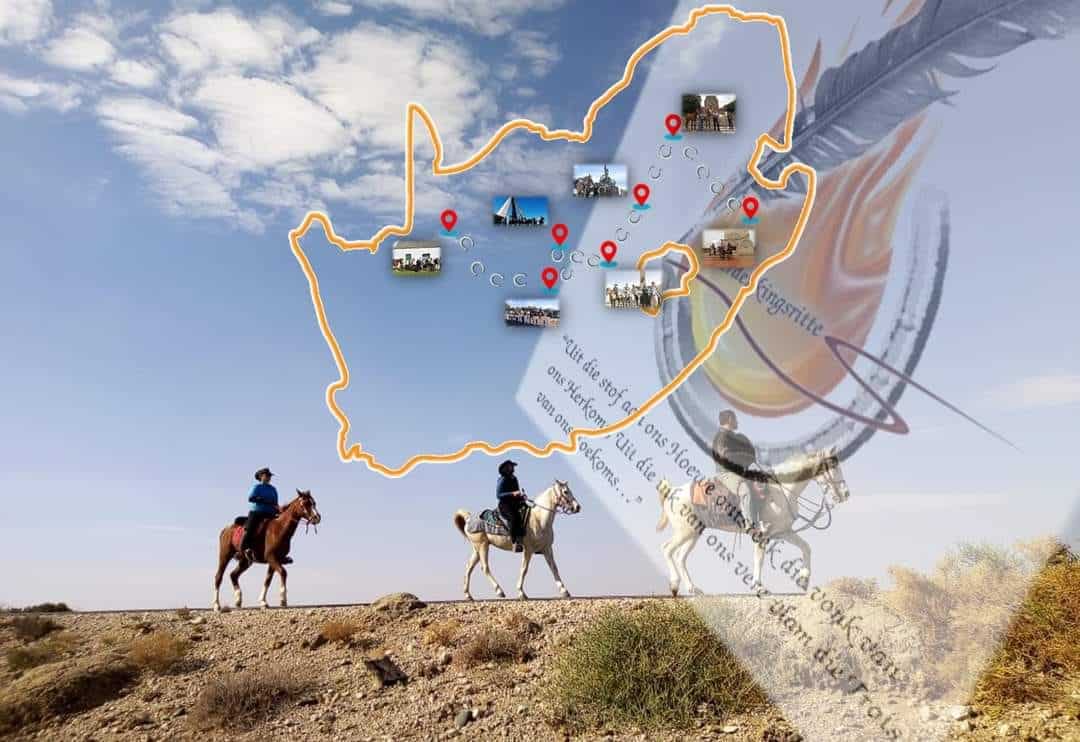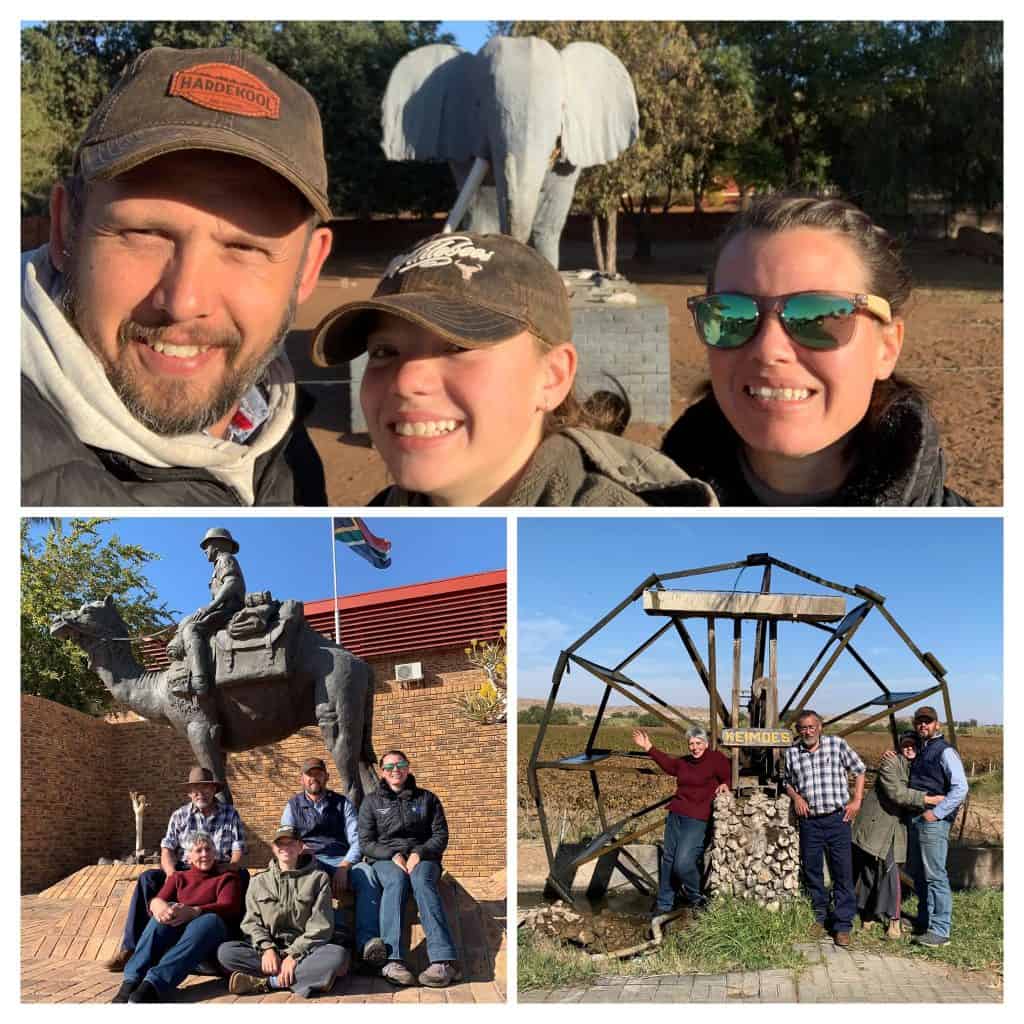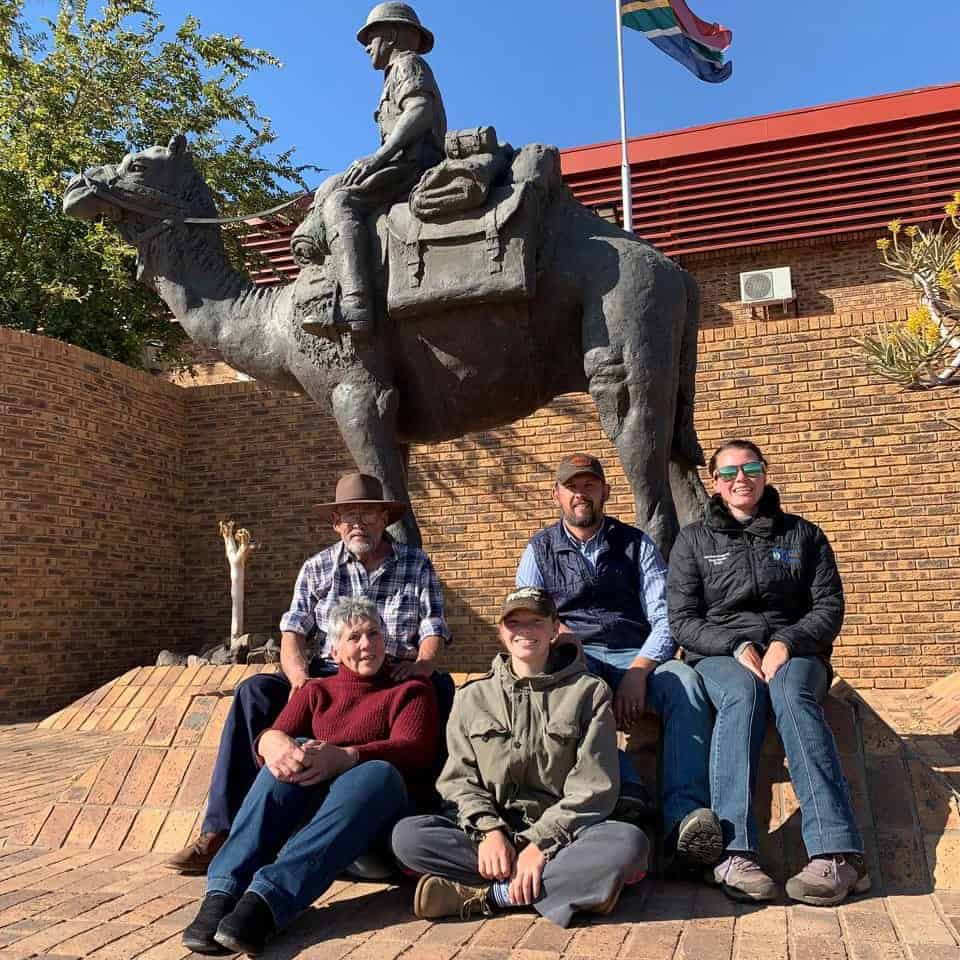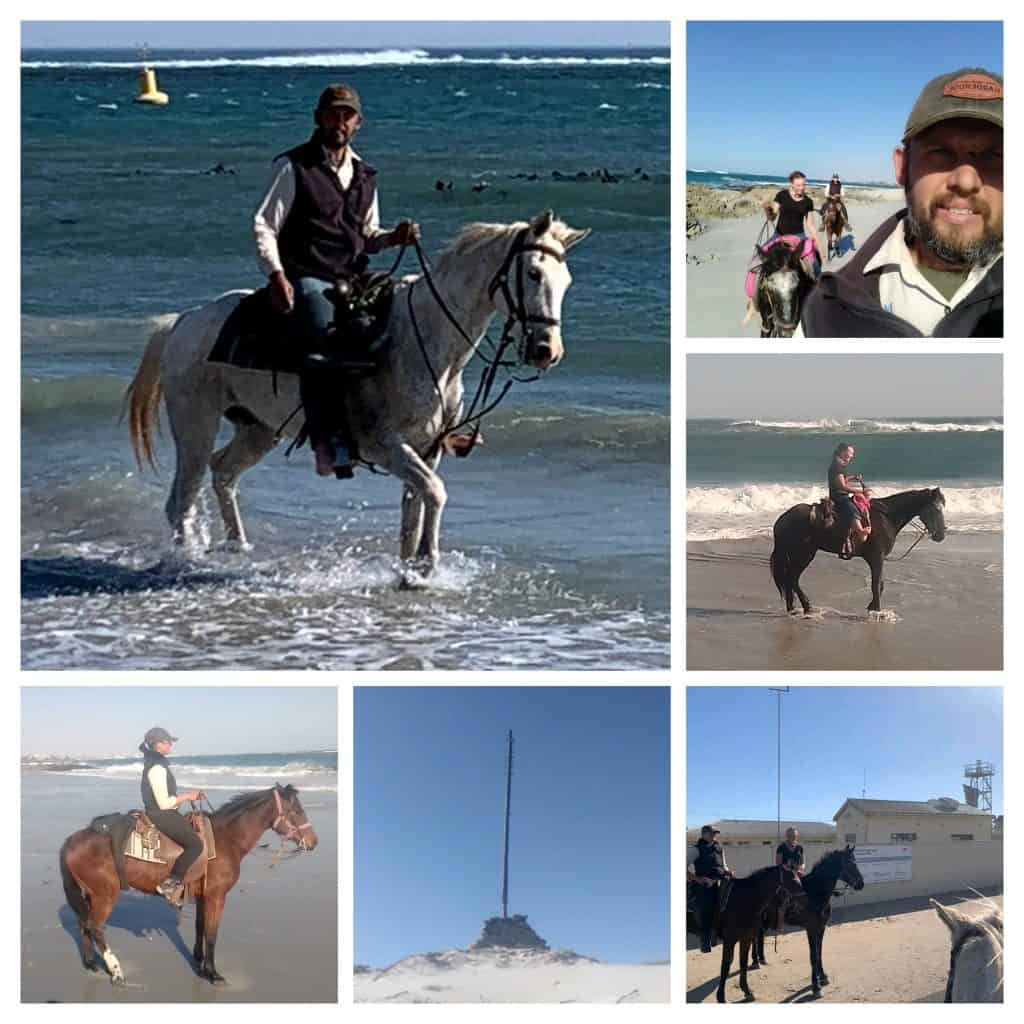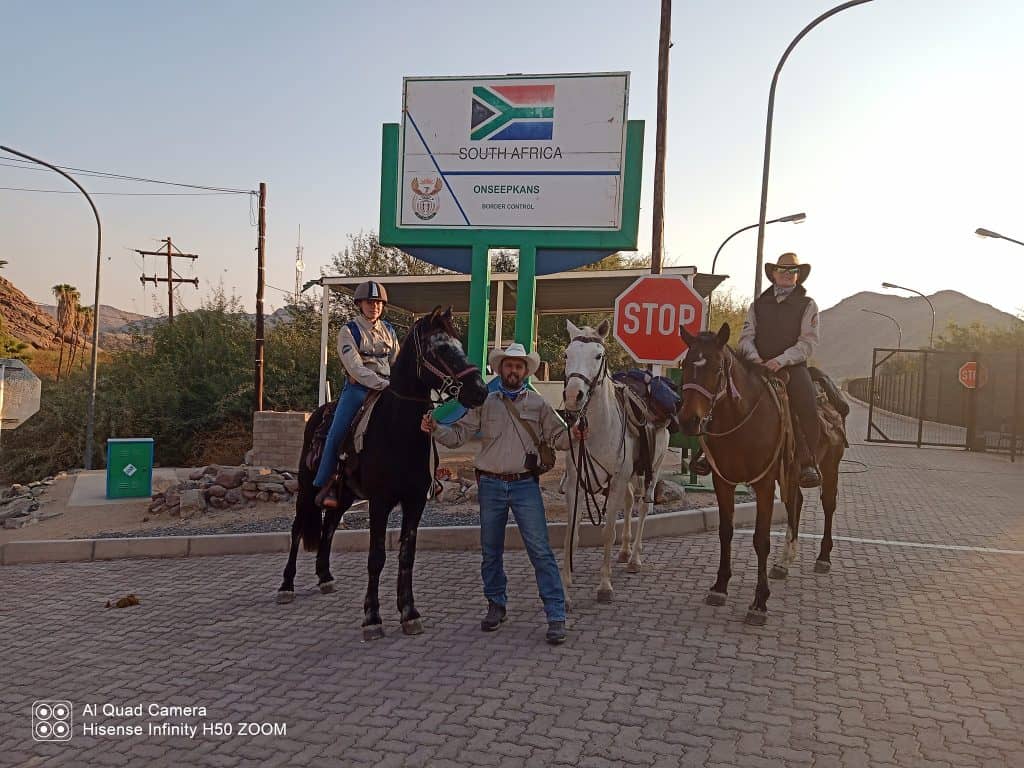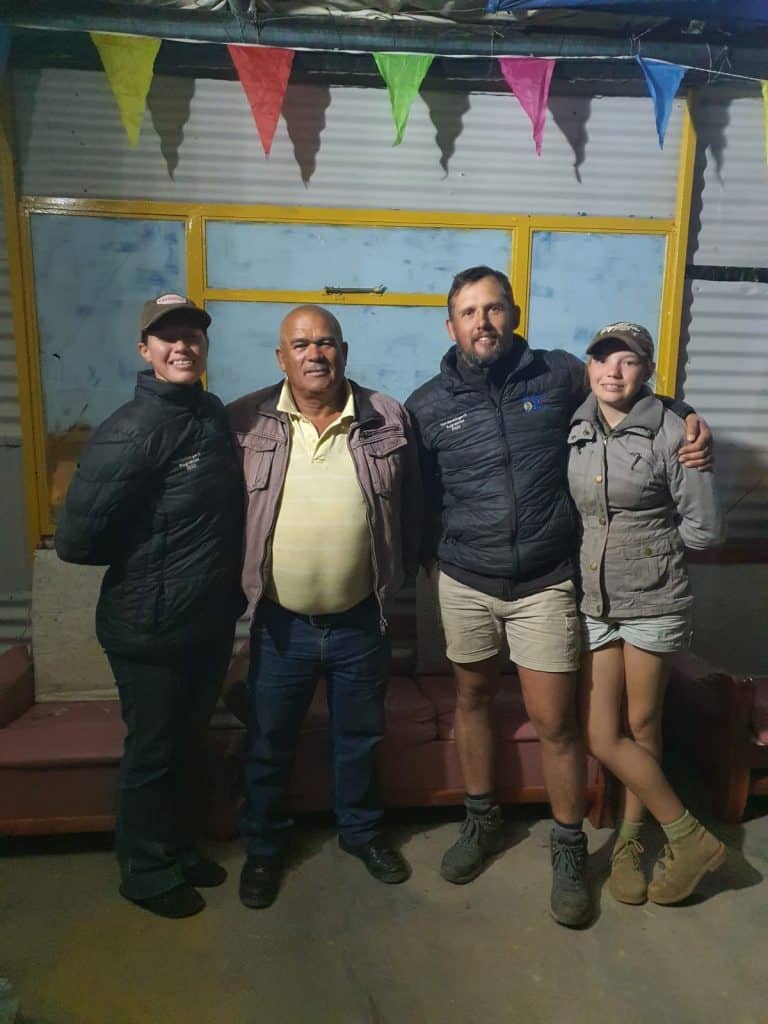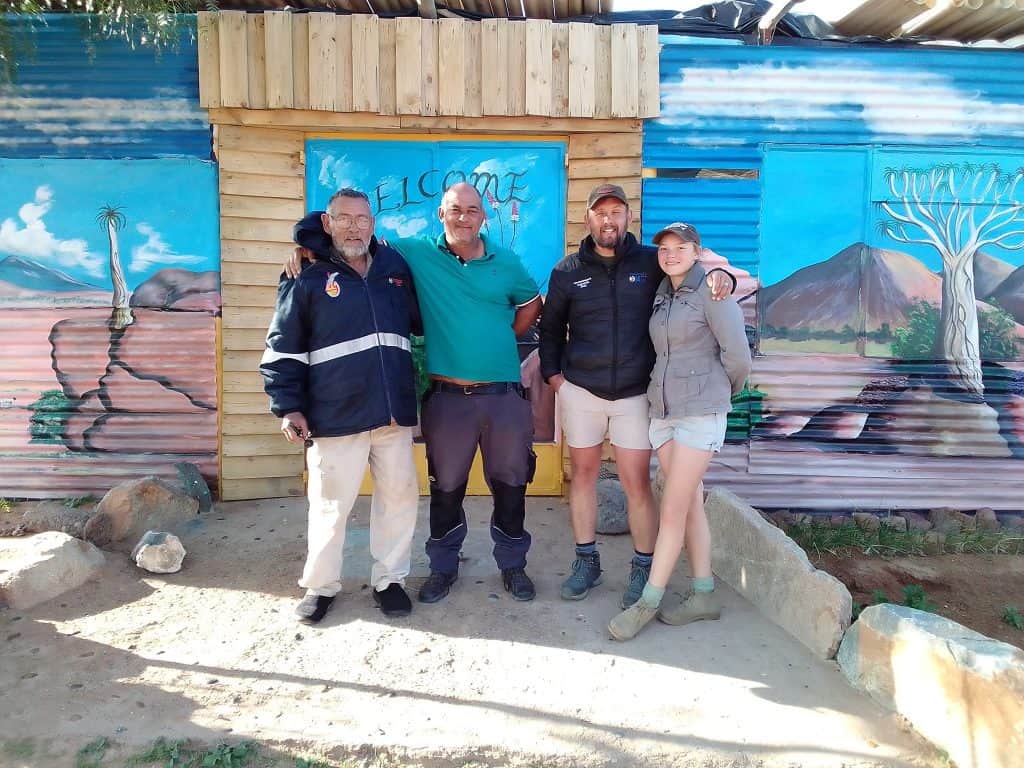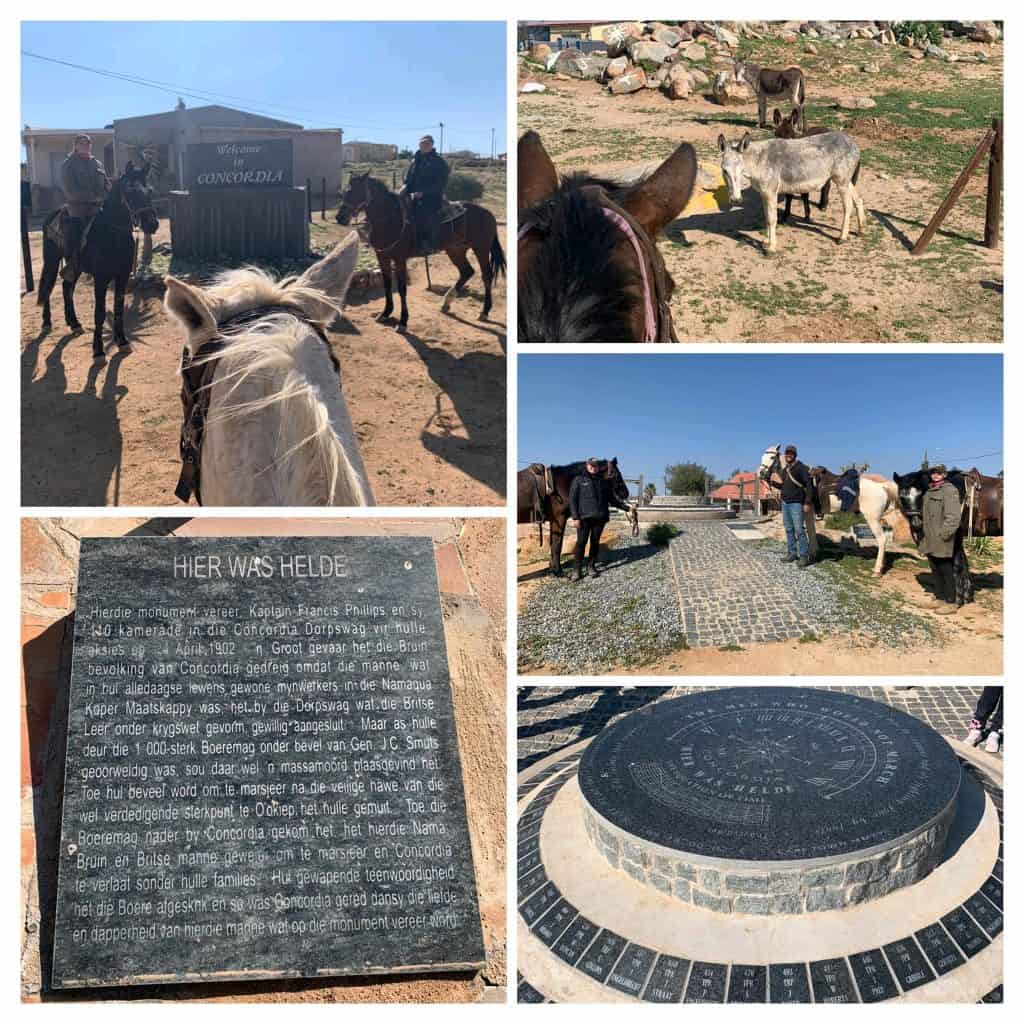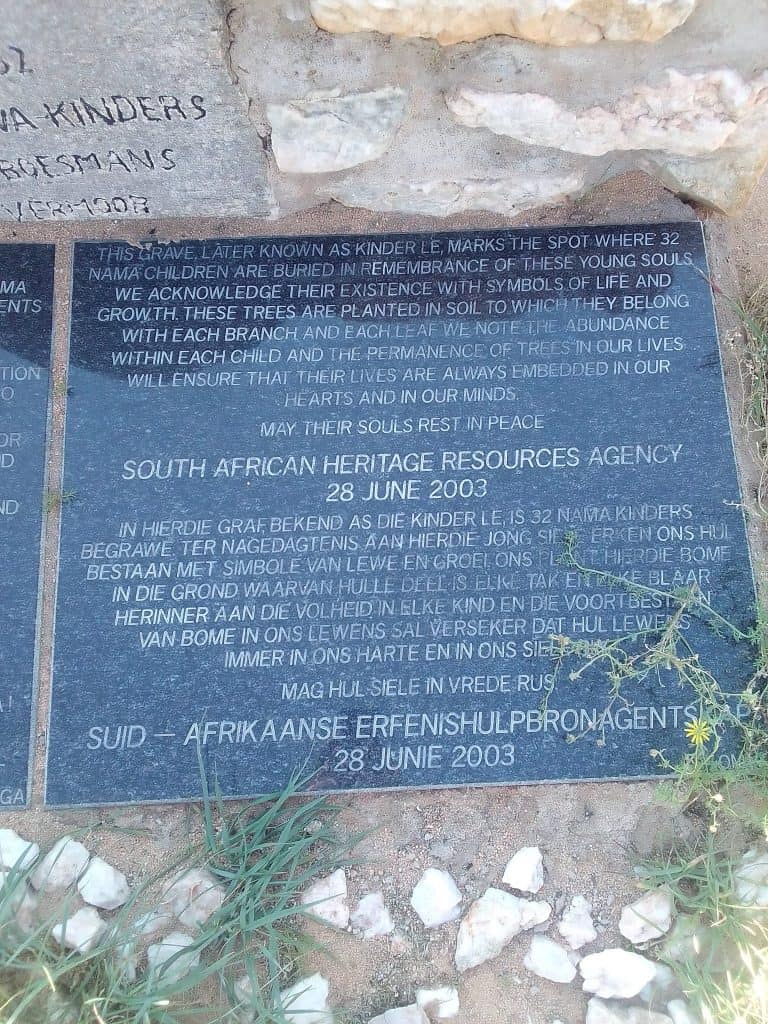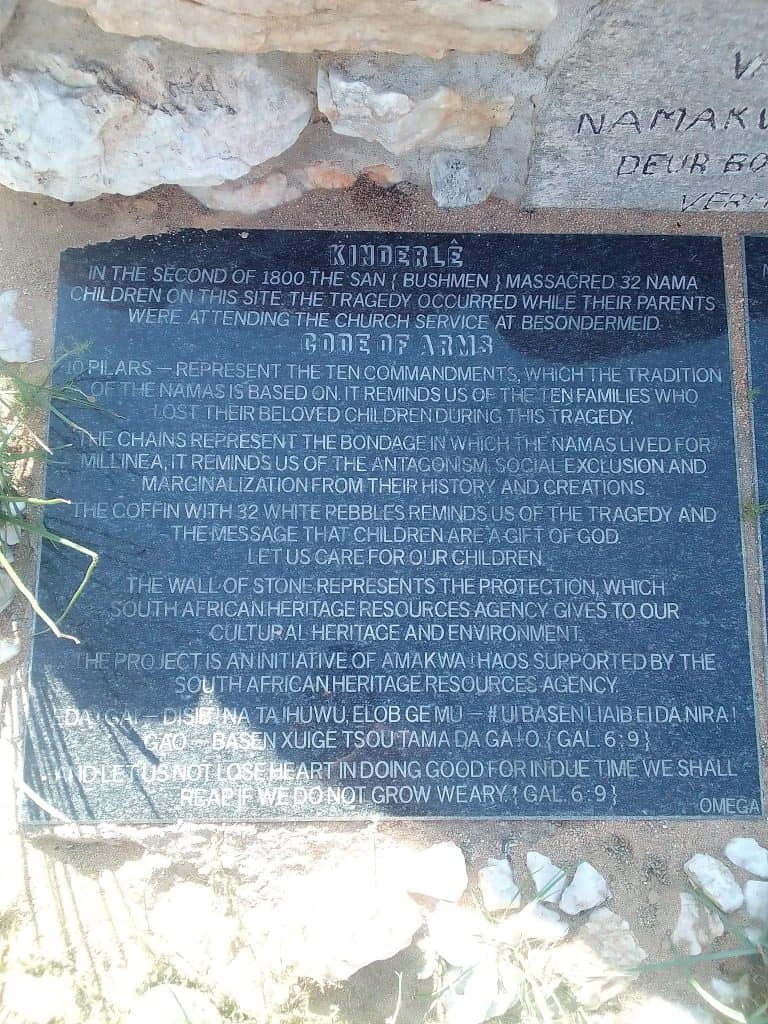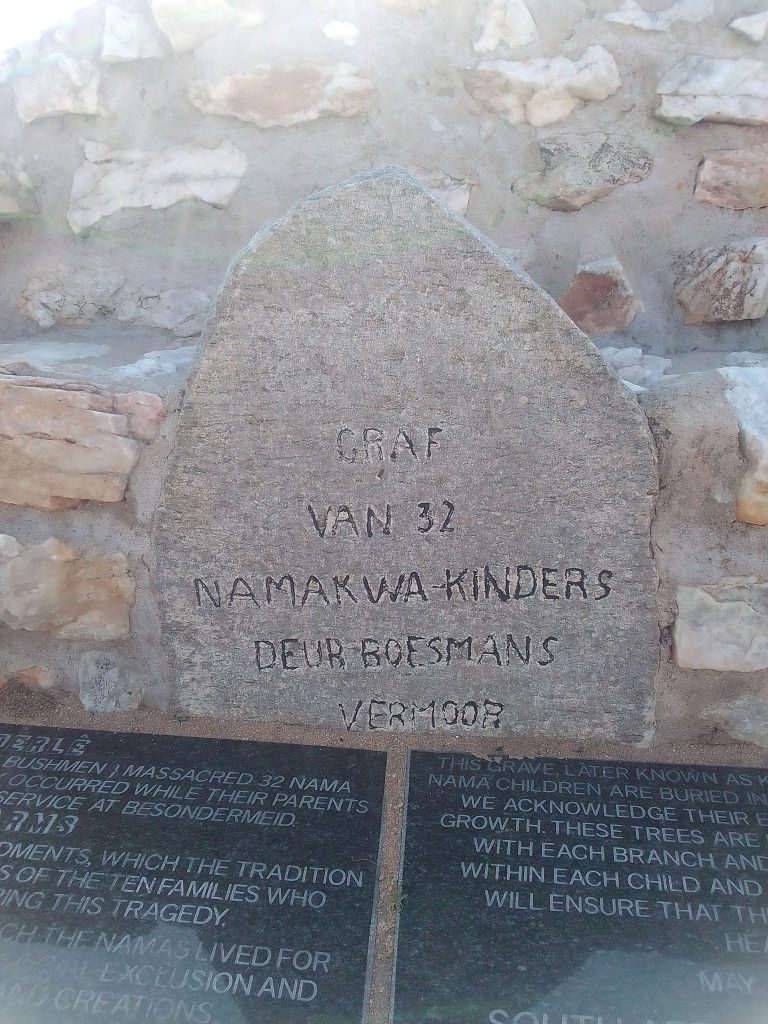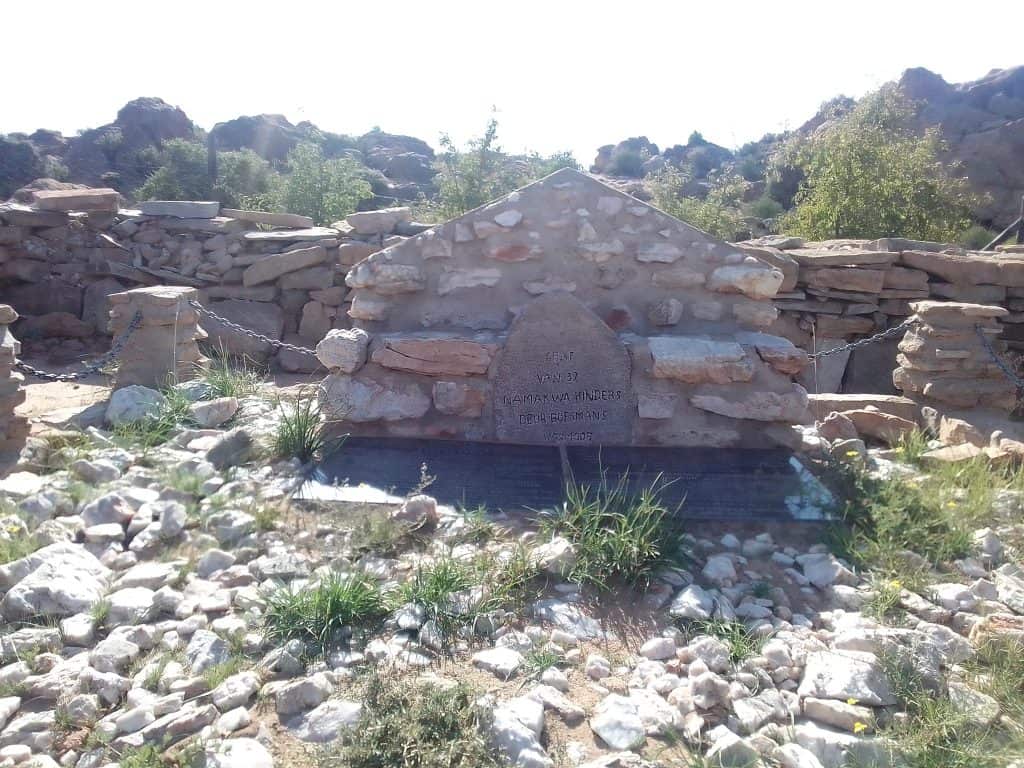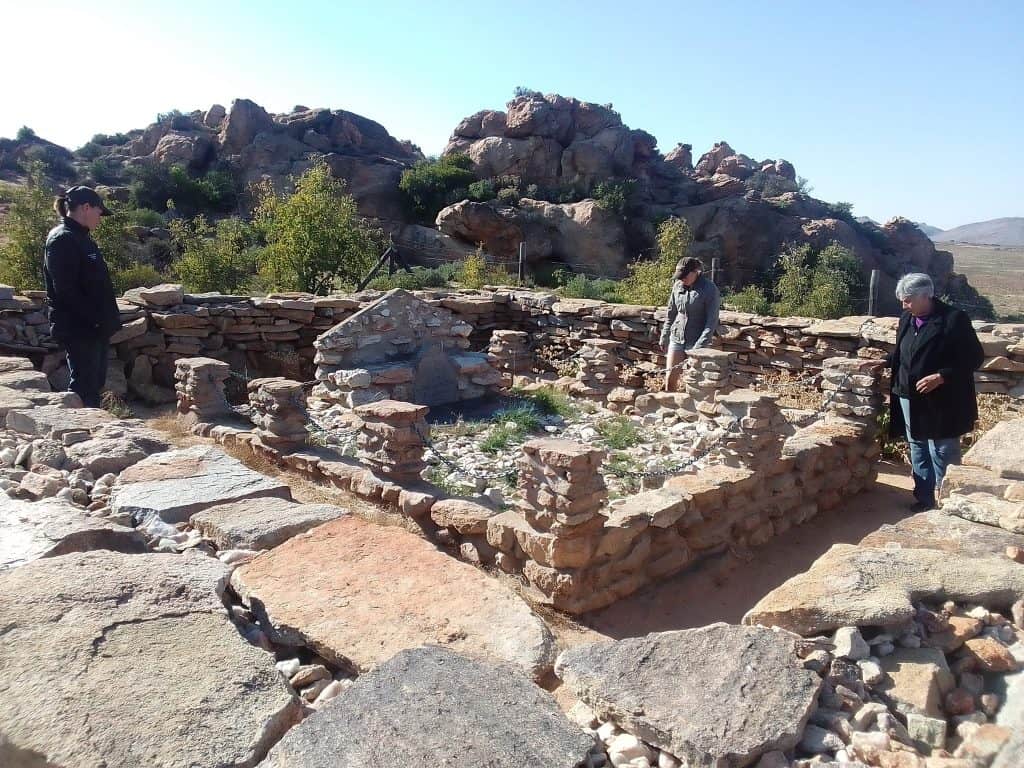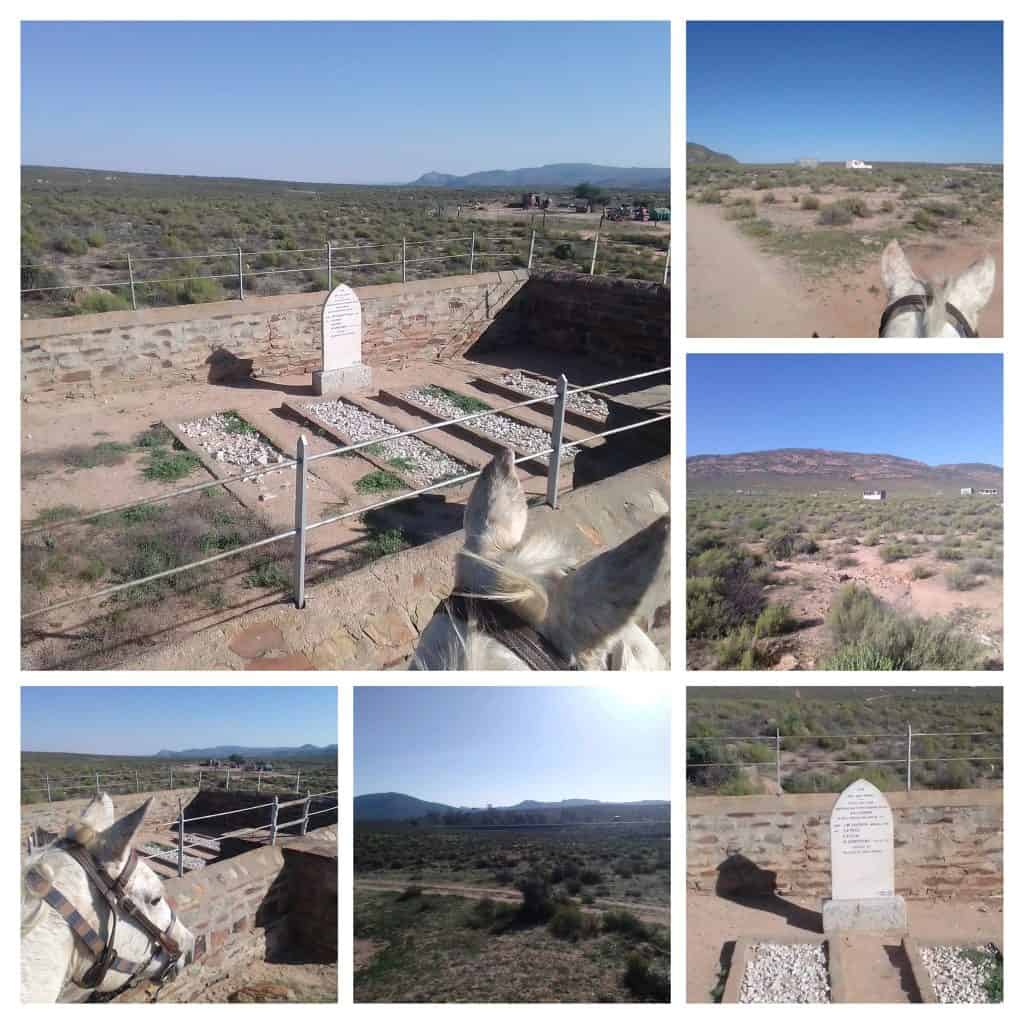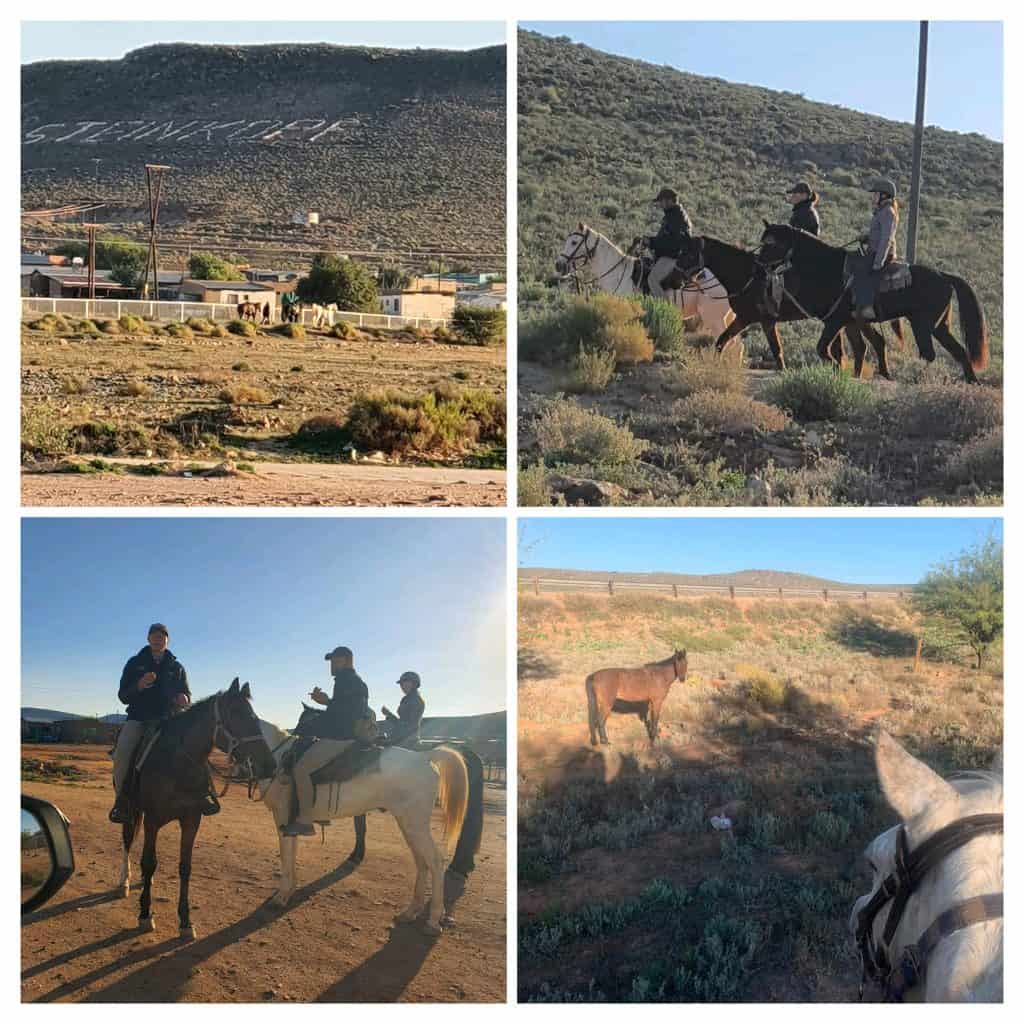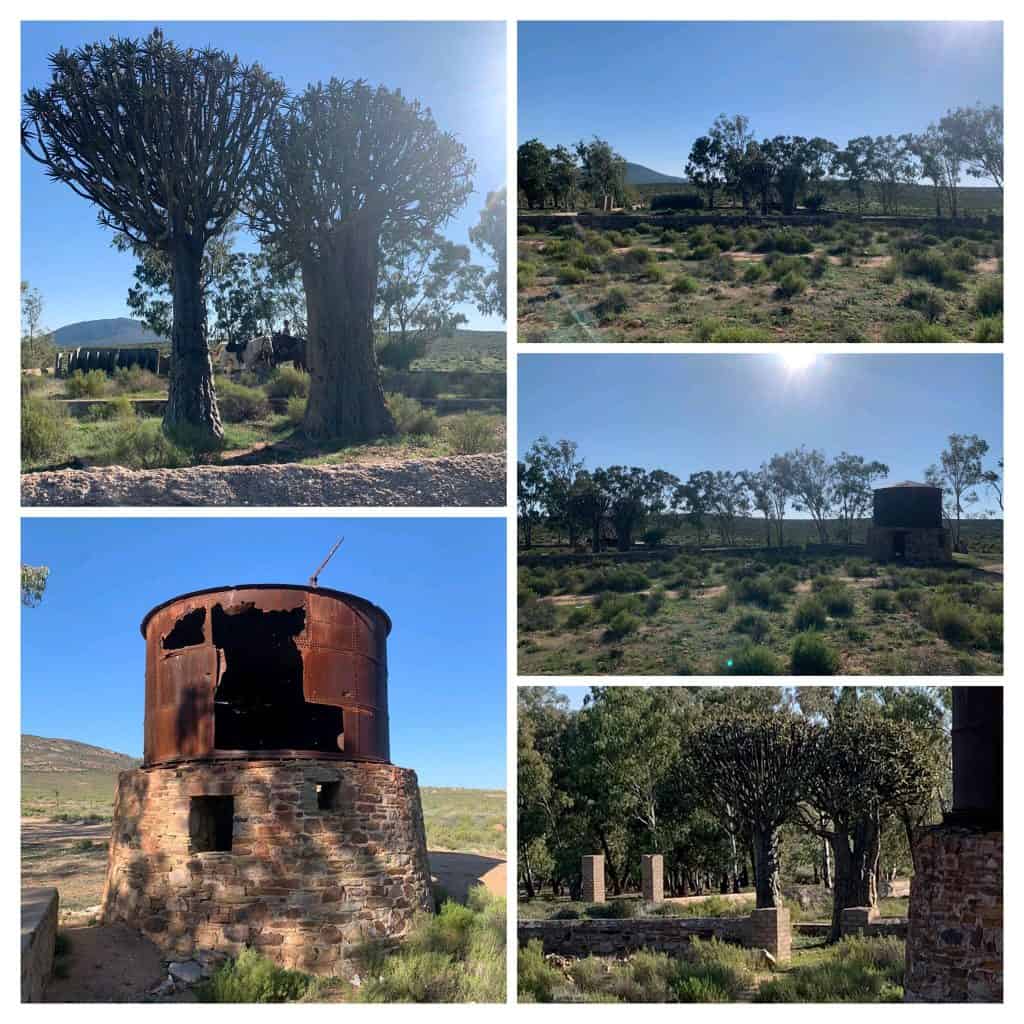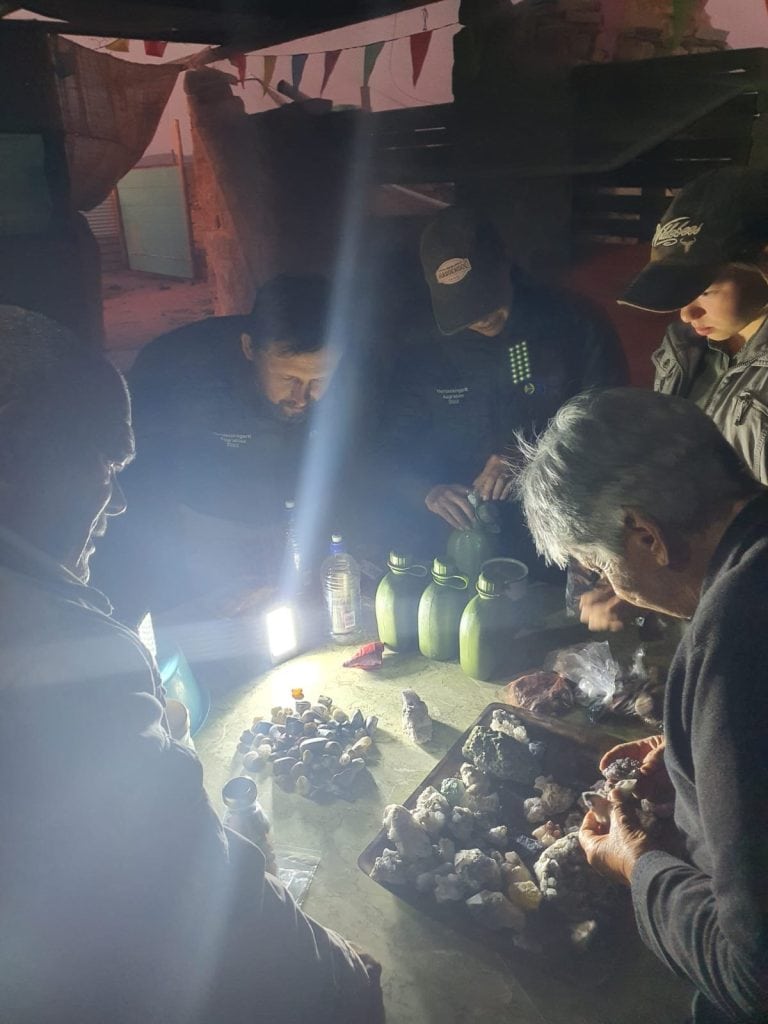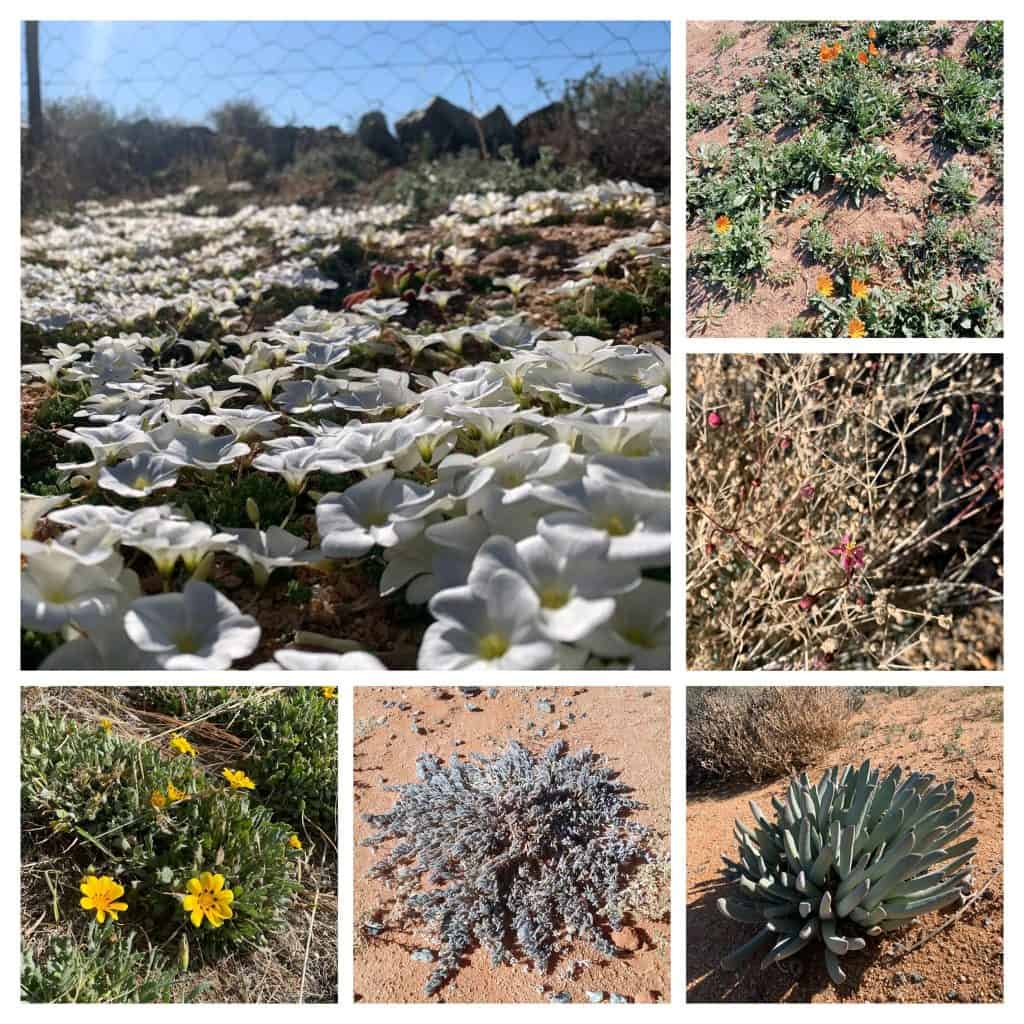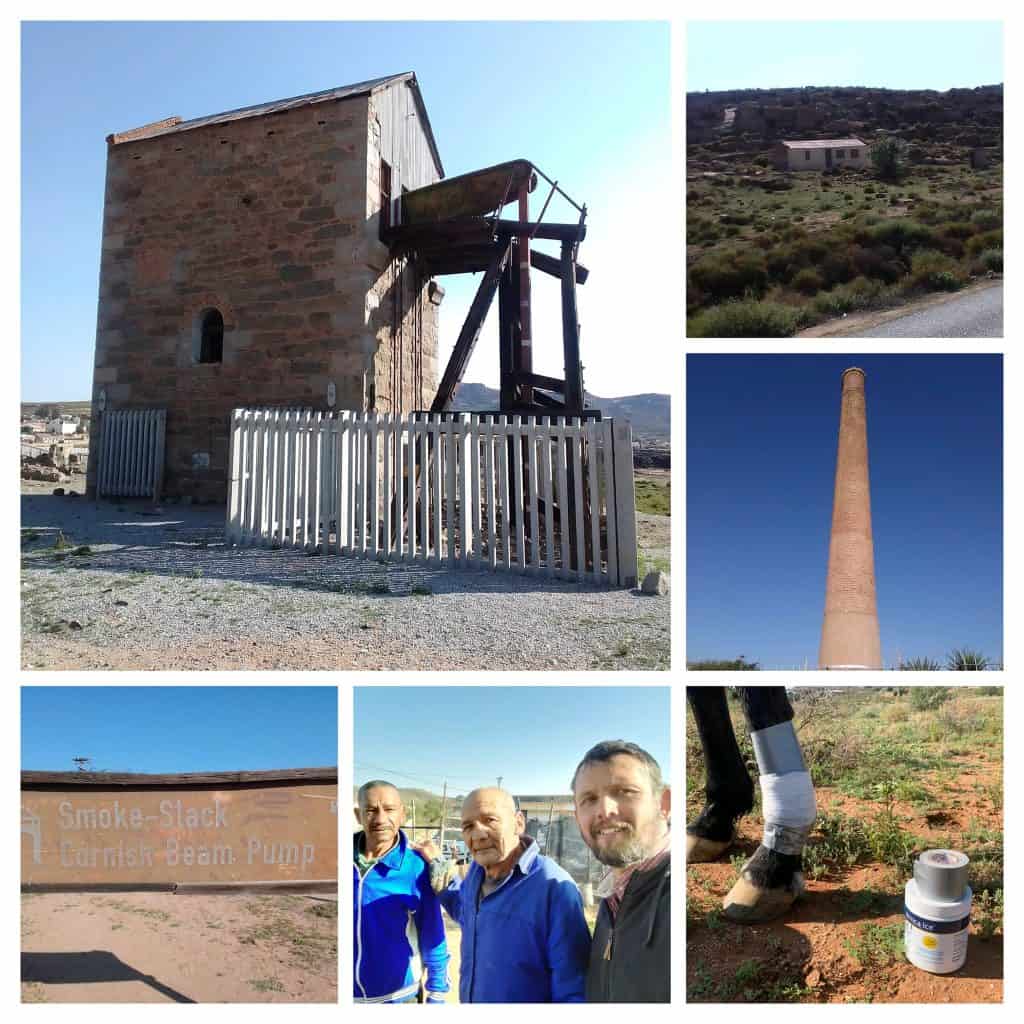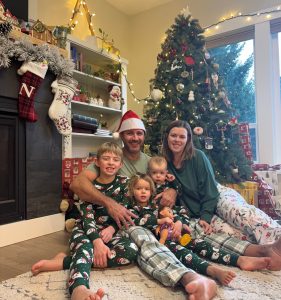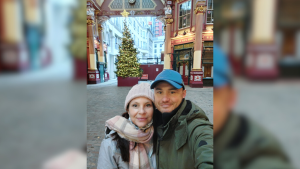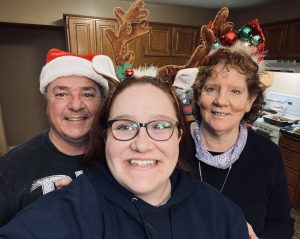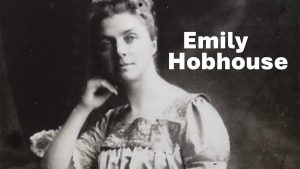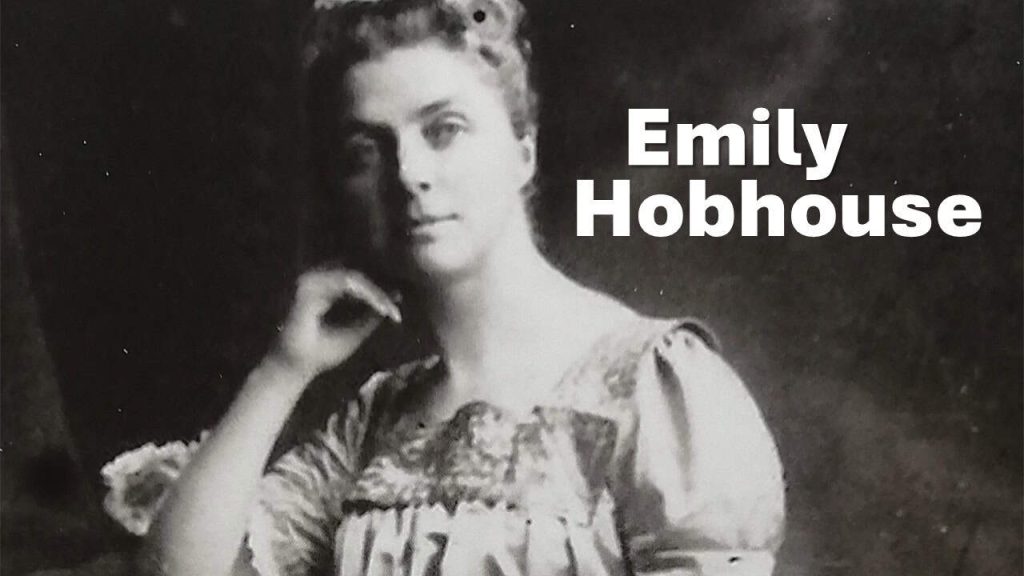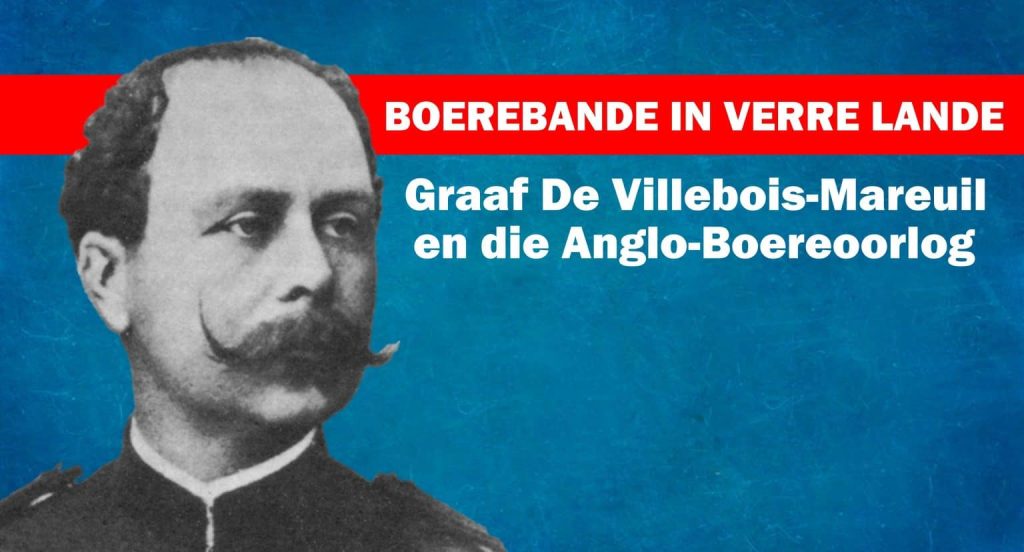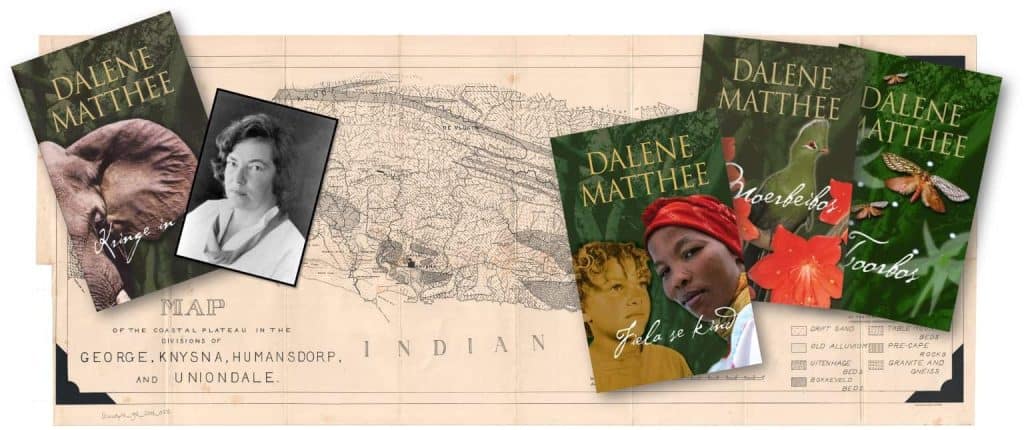Heritage Highlights 7 – Heritage horseback rides (“Herdenkingsritte”)
In the series Heritage Highlights, AfriForum sheds light on heritage landmarks and projects in South Africa where communities step in themselves to preserve our unique cultural and historical legacy.
For many years, AfriForum has been one of the sponsors of the heritage-themed horse rides of a group of enthusiasts. With their rides and the publicity about their journeys, the riders create awareness about historic routes, sites, monuments, colourful figures and local legends. Social media users can share in their experiences virtually and enjoy their photos, videos and stories. Today we are talking to Theunis van Staden about their adventures.
Alana: Theunis, it is a huge privilege to discuss your horseback journeys of the past twelve years. How did it all start?
Theunis: In 2012 Johan Nel and I both worked at Solidarity. We were colleagues in the Rustenburg office. Both of us have a passion for horses and we wanted to undertake a long-distance journey with our horses.
At that time the media was regularly reporting that cultural heritage landmarks and monuments were increasingly being vandalised and that their maintenance was definitely not on the government of the day’s priority list.
We therefore decided to travel on horseback from the Voortrekker Monument in Pretoria to Blood River in December 2012, to join the Day of the Vow celebrations there on the 16th of December. We also undertook to visit monuments and heritage sites along the way in order to raise awareness about these “heritage highlights”.
I, Johan and Adel Kotze completed the ride with the support of my wife, Fiona, and daughter, Mia. It was an epic journey, and the seed of our heritage-themed horseback rides was planted there.
Alana: Which routes have you explored since?
Theunis: Since then, we have travelled across the breadth of South Africa – from Blood River in the east, to Port Nolloth in the west. The rides took place in this order:
2012 Pretoria to Blood River
2015 Pretoria to Bloemfontein
2018 Bloemfontein to Kimberley
2019 Kimberley to Upington
2022 Upington to Onseepkans
2024 Onseepkans to Port Nolloth
In between we also made several shorter trips, especially rides related to festivals and anniversaries.
Alana: This year’s trip terminated at Port Nolloth. Where would you like to ride to next?
Theunis: This year’s ride was from Onseepkans to Port Nolloth. It was challenging in many ways, but definitely a journey to remember. Currently there is no specific plan for the next trip. We dream of one day embarking on the route to the Afrikaans Language Monument in Paarl, but during this trip we realised that the logistical challenges are becoming more and more difficult, and that it is just too expensive to undertake the route southwards along the coast.
AfriForumTV approached us with an idea and budget for a documentary and it would therefore make more sense to identify a route that is closer to home and that is related to a particular historical figure or event.
A next journey therefore is in the offing, but it is not planned in detail yet.
Alana: The unique nature of your rides not only lies in the relationship between man and horse, or the places you visit, but also the people who cross your path. Who do you remember most fondly from the most recent trip?
Theunis: The people we meet truly make a lasting impression on our whole team. Our experience during all these trips is quite the opposite of what the media portrays about the people of South Africa and the South African countryside. News reports create a perception of cruelty and a total lack of safety all over South Africa, and this is simply not the case. The opposite is true. The norm we have experienced is kindness, helpfulness and camaraderie, especially when horses and history are part of the message you represent.
Whether this is theoretically correct, I do not know, but we believe that our hospitality as South Africans is a cultural heritage characteristic that must be celebrated!
This year, from the first night, while we were still on our way to Onseepkans, we were dependent on people we met along the way for overnight facilities, as well as advice on how to tackle the route ahead and where to spend the following nights. Almost every day we met interesting people who will be fondly remembered.
A unique aspect this year, was meeting the Nama communities who seem to make up the larger part of the population along the way and in the towns we visited. Everywhere we were received with the same hospitality that we had become accustomed to on the previous rides. And of course, the Namas are also horse people, which is why the horses elicited a lot of admiration and reaction.
It is difficult to single out one day, person, or occasion. In Okiep it was Uncles George and Louwrie (Frederick Egbert) Fielding. In Steinkopf it was Cathy, Mia and Robert Drage, Redge Oppel and Hilton. We had such a good time there that we ended up staying for two days.
However, what made us realise that our perception of the world is influenced too greatly by preconceived ideas, was the day when we were looking for the monument in Concordia. We did not know what it is looking like and we did not know where to find it. Of course, with horses you cannot afford to go the wrong way. Not many of the people along the way knew about the monument, but by asking every now and then, we were going in the right direction. The monument is located almost in the heart of the village on the grounds of the community centre.
When we arrived, a large group of motorcyclists were busy with a function. A bunch of people were sitting and standing around the site and wherever you looked, there were motorbikes. People we did not know, from a cultural group we did not understand. We dismounted cautiously and led the horses in. Warily we asked if we could quickly visit the monument located to the right of the community hall with our horses. The friendly answer was, almost unexpectedly, yes! Children were playing on the monument – two girls no older than ten and a boy who looked even younger. When we walked to the monument, they were reluctant to give up their playground, but we asked them to take a photograph, and they agreed. I asked the oldest of the three if she would take a picture of us and the horses standing in front of the monument. She agreed immediately and when she struggled a little, the younger ones were quick to show her the ropes. While we were taking photos, a middle-aged man, apparently of Nama descent, dressed in full motorcycle gear and with a bandanna tied around his head, walked straight towards us. Without being able to help it, I wondered if we were in trouble now. The man introduced himself as Potties and told us that they were busy with an outreach programme to help the needy in the community. He said that they had a lot of soup and asked us to have some with them before continuing on our way. And right there, we were home again, and my faith in the average South African’s goodness and hospitality was confirmed.
Alana: You really get the chance to experience the beauty to be found in our history, country and people! Which unique heritage landmarks did you visit this time?
Theunis: Once one turns away from the Orange River and moves into Namaqualand, the population is sparse. Villages are further apart and as a result, there are few heritage landmarks too. However, we were pleasantly surprised to realise that there is much to learn when you are there in person and that there is quite a lot that the “omniscient” internet does not know about.
Along the Orange River, about 20 kilometres as the crow flies, is Caboob, formerly a farm of Gert Luttig, which was transferred after 1994 to the local community. The farm and its layout are special, hewn out between the cliffs with the house that looks like a castle from afar, built high on top of a cliff.
Just a little further is Pelladrif in the river and there you take the two-track path away from the river to Pella with its mission station, Roman Catholic church building and date palms.
Then follows the Carolusberg and Goegap Nature Reserve and a little further Concordia with its monument in memory of the town’s guard who refused to be dragged into the Anglo-Boer War.
In Okiep the old chimney and stone hammer of the Okiep Copper Mine is still standing. Feel free to look for the “skietbank” there. If you cannot find it, look up Uncle Louwrie Fielding, and he will show you where it is and what it is all about.
Outside Steinkopf is the Kinderlê Monument where 32 Nama children were laid to rest. They were massacred by the San while their parents were attending a church service in Steinkopf.
The Anenous Pass is a heritage landmark in itself, but its shoulders also form the foundations of Klipfontein Station and the Klipfontein Hotel. There you will still be able to find traces of Old Clara, the copper train from Okiep. Maybe also a horseshoe or two from the mules that dragged wagons on the same tracks. Just watch out at the old British cemetery and even at the forts – apparently these spots are haunted after dark!
And then there is Port Nolloth, testimony of man’s search for contact with the outside world and the attempt to drag the riches of the land through the harshly unspoilt Richtersveld, only to squander it in foreign countries. A modern beacon of hope, or perhaps a dry oasis for many fortune seekers …
Alana: Through the years you have visited many heritage landmarks. What are your impressions – what does the heritage of South Africa look like?
Theunis: South Africa has an incredibly rich and diverse heritage. With every project and during every journey we stand in awe of this wealth. It is more than one can explore in a single lifetime. Still, it can be regarded as one of the most comprehensive textbooks for the future you will ever open.
We must realise that our heritage and especially cultural heritage is not only contained in monuments. It is also in our nature, farms, farm’s names, people and especially in our hospitality towards our fellow human beings. It is in what we choose to leave behind for our children, and not in what we are told it should be.
However, it is noteworthy that the average South African and especially young people know relatively little about our heritage. This is why we feel compelled to make a contribution by means of our horseback rides.
Alana: How can communities contribute towards the preservation of our heritage?
Theunis: Our opinion is that the starting point of heritage conservation is contained in gaining knowledge about it. We need to know about the wealth that lies locked away in our communities. It is the responsibility of each generation to pass this knowledge on to the next generation.
Furthermore, it is important to cultivate an interest in heritage at the same level as for sport. Time and resources must also be channelled towards fostering an interest in culture.
The preservation of our heritage is essential. The process starts by simply visiting heritage landmarks and spending time studying them, picking up a piece of litter or pulling out a blade of grass next to it, or to adjust a sign that hangs crooked and tell people about the place. Something properly recorded, can never truly be lost. Something practiced, can never truly be forgotten.
Alana: Finally, a somewhat philosophical question: Why is heritage important to you and your fellow riders?
Theunis: The answer is simple. Our heritage landmarks are symbols of who we are. They are signposts pointing backwards to where we have come from, but also forward to where we are going. It is part of the essential character traits that we leave behind for our children who, without our direct guidance, will have to earn a living for themselves in the future. Our part in preserving our heritage is a legacy that our children can claim.
Alana: Thank you Theunis, we wish you all many more safe journeys and thank you for your unique and esteemed part in creating awareness about our cultural heritage!
Contact details
Also read: Heritage Highlights 6 – Vegkop Battlefield Historical Site



